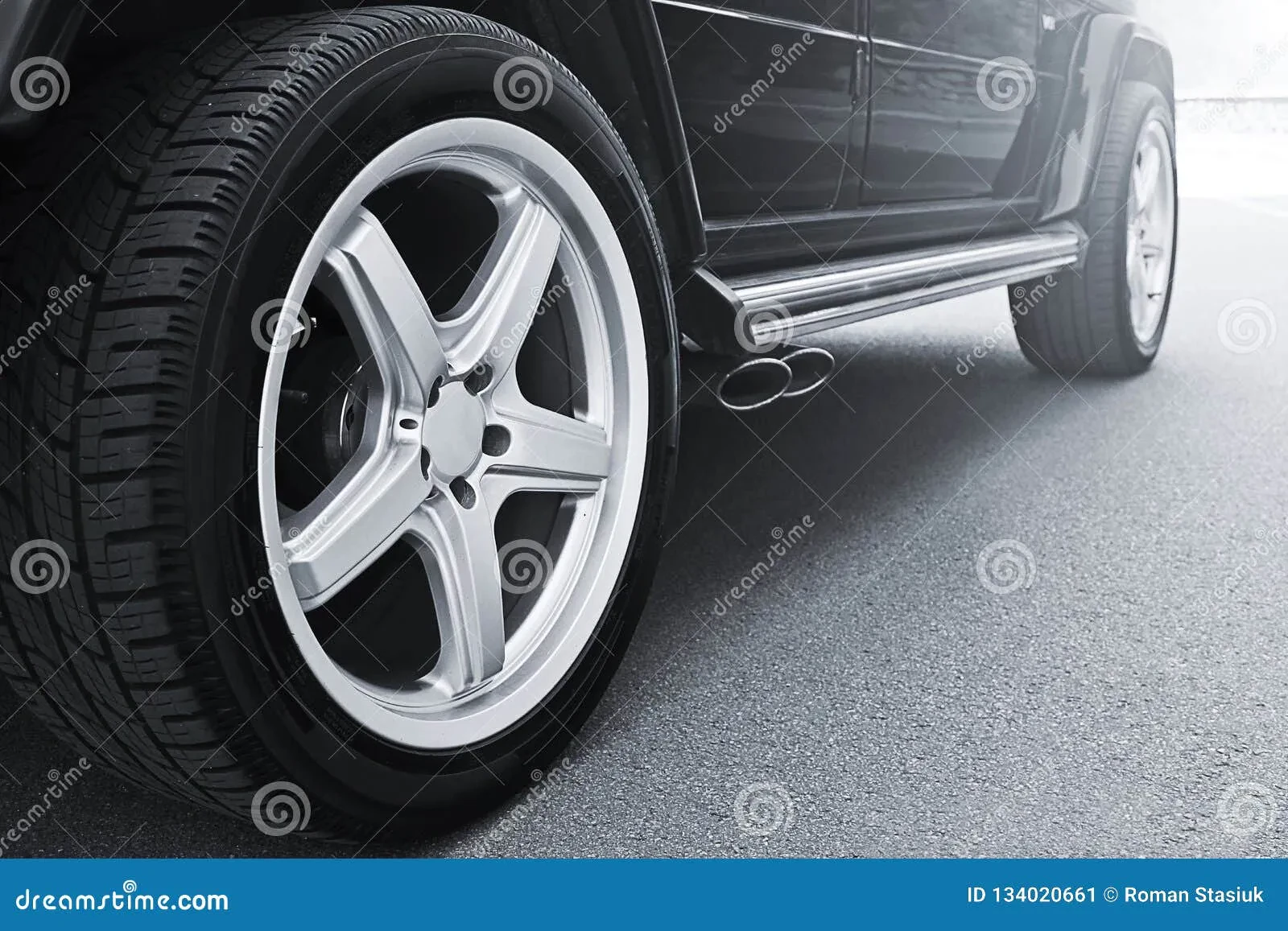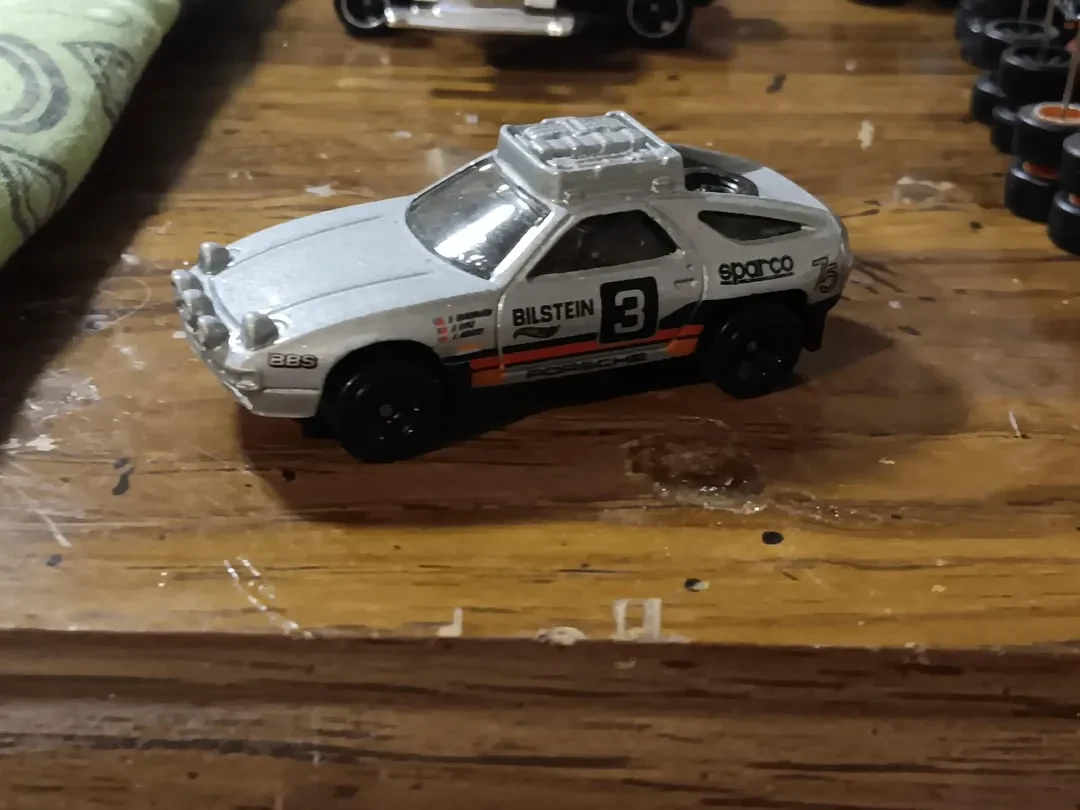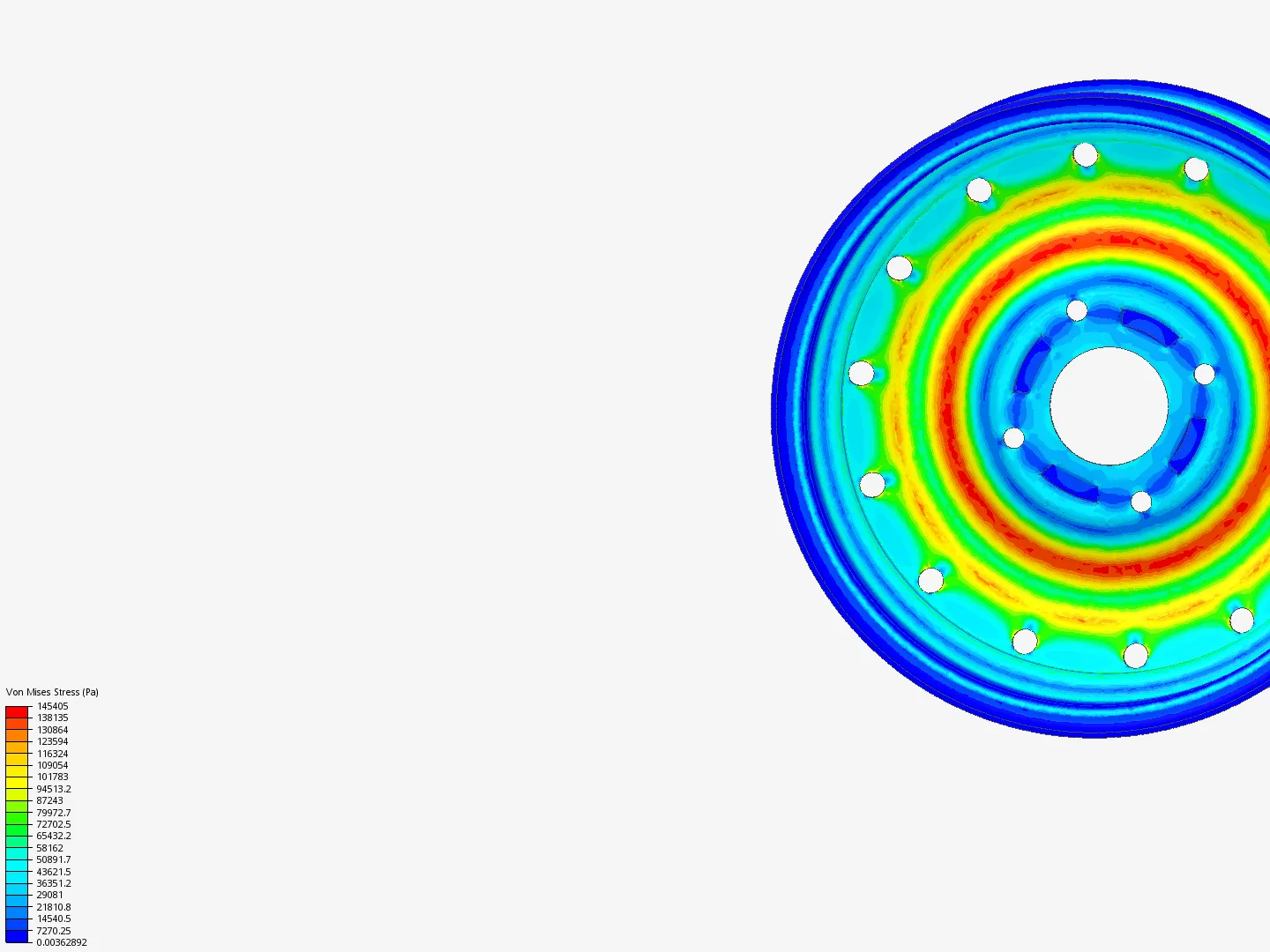Okay, so you’re into diecast cars, right? Awesome! But have you ever really stopped to look at the wheels? I mean, really look? They’re not just tiny circles that make the car roll (or not roll, depending on if you’re displaying it!). They’re actually a super important part of the whole diecast experience, and they can tell you a lot about the model’s quality, era, and even its intended audience.
Think about it. A classic muscle car wouldn’t look right with modern, low-profile tires and flashy rims, would it? And a sleek, modern supercar wouldn’t be caught dead with whitewalls. The wheels are a crucial piece of the puzzle, and understanding them can seriously level up your diecast game.
Why All the Fuss About Diecast Wheels Anyway?
You might be thinking, ‘They’re just wheels! What’s the big deal?’ Well, here’s the thing. Diecast car manufacturers put a surprising amount of thought and effort into replicating the wheels of the real cars they’re modeling. It’s about authenticity and attention to detail. The wheels, along with the paint job, are one of the first things you’ll notice.
A well-done set of wheels can elevate a diecast model from ‘meh’ to ‘magnificent.’ They contribute to the overall realism and make the model more appealing to collectors. Plus, some collectors even specialize in certain types of wheels or wheel variations, making them a hot commodity in the diecast world.

Materials: What Are These Little Guys Made Of?
Diecast car wheels aren’t all created equal. They come in a variety of materials, each with its own pros and cons. Here’s a rundown of the most common types:
- Plastic: This is the most common and affordable option. Plastic wheels are lightweight and durable, but they can sometimes look a little… plasticky. They are often used on more budget-friendly diecast models.
- Rubber: Rubber tires offer better grip and a more realistic look and feel compared to plastic. However, rubber can dry out and crack over time, especially if exposed to sunlight or extreme temperatures. Some brands use a synthetic rubber compound that are very durable and long lasting.
- Metal: Metal wheels are the most premium option. They are heavier, more durable, and have a higher-quality look and feel. Metal wheels are often found on higher-end diecast models and can significantly increase their value.
- Combination: Some diecast cars use a combination of materials, such as a plastic wheel with a rubber tire or a metal rim with a plastic center. This allows manufacturers to balance cost, durability, and realism.
The material used for the axle is also very important. Generally, metal axles are better than plastic, as they are stronger and less prone to bending or breaking. This is especially true for diecast cars that are meant to be played with.
Styles Galore: From Steelies to Spinners
Just like real cars, diecast cars have a wide range of wheel styles. The style of wheel can dramatically change the overall look of the model, and it’s important to choose the right style for the era and type of car.
- Steelies: These are the basic, no-frills wheels often found on older cars and trucks. They’re simple, functional, and have a classic look.
- Mag Wheels: Mag wheels (short for magnesium) were popular in the 1960s and 70s. They have a distinctive, sporty look and are often associated with muscle cars and hot rods.
- Wire Wheels: Wire wheels are elegant and sophisticated, often found on classic luxury cars and vintage racers. They are intricate and require a lot of detail to replicate accurately.
- Alloy Wheels: Alloy wheels are the most common type of wheel found on modern cars. They come in a wide variety of styles and finishes, from simple five-spoke designs to complex multi-spoke patterns.
- Deep Dish Wheels: Deep dish wheels have a recessed center, giving them a more aggressive and powerful look. They are often found on modified cars and racers.
- Spinner Wheels: These were a popular trend in the early 2000s, featuring a center cap that continues to spin even when the car is stopped. They’re definitely a statement piece!
- Off-Road Wheels: Beefy tires and rugged designs are the hallmark of off-road wheels, typically found on trucks and SUVs.

Tire Talk: Tread Patterns and Sidewall Details
Don’t forget about the tires! The tread pattern and sidewall details are just as important as the wheels themselves. A well-reproduced tire can add a lot of realism to a diecast model.
Look for details like realistic tread patterns, sidewall markings (tire size, brand name, etc.), and even subtle variations in the tire profile. Some high-end diecast models even feature tires with accurate tire pressure markings and valve stems!
Customization: Taking Your Diecast Wheels to the Next Level
One of the coolest things about diecast cars is the ability to customize them. And one of the easiest ways to make a big impact is by swapping out the wheels. There’s a whole world of aftermarket diecast wheels out there, allowing you to create truly unique and personalized models.
Wheel Swaps: A Beginner’s Guide
Swapping wheels on a diecast car can seem daunting, but it’s actually quite simple with the right tools and a little patience. You’ll typically need a small screwdriver, a pin vise, and some replacement wheels. There are tons of tutorials online that can guide you through the process.
Before you start, make sure the replacement wheels are compatible with your diecast car. Check the axle diameter and the overall size of the wheel to ensure a proper fit. Some modification may be required to get it perfect, but that’s part of the fun!

Painting and Detailing: Adding Your Personal Touch
If you’re feeling creative, you can also paint and detail your diecast wheels. This is a great way to match the wheels to the car’s paint job or to add some custom flair. Use model-specific paints and detailing brushes for the best results. Remember to apply thin coats to avoid obscuring the details.
Consider adding details like brake calipers, rotors, or even small lug nuts to really make your wheels stand out. There are tons of aftermarket parts available that can help you achieve a more realistic and detailed look.
Care and Maintenance: Keeping Your Wheels Looking Their Best
To keep your diecast car wheels in top condition, it’s important to clean and maintain them regularly. Dust and dirt can accumulate over time, dulling the finish and potentially damaging the wheels.
Use a soft brush or a cotton swab to gently remove dust and dirt. For more stubborn grime, you can use a mild soap and water solution. Be sure to dry the wheels thoroughly after cleaning to prevent rust or corrosion, especially on metal wheels.
Avoid exposing your diecast cars to direct sunlight or extreme temperatures, as this can damage the tires and cause them to crack or fade. Store your models in a cool, dry place to preserve their condition for years to come. Consider using display cases to protect them from dust and UV damage.
So there you have it! A deep dive into the world of diecast car wheels. Hopefully, you now have a better appreciation for these tiny details and how they contribute to the overall enjoyment of diecast collecting. Happy collecting in 2024!
